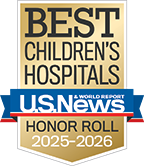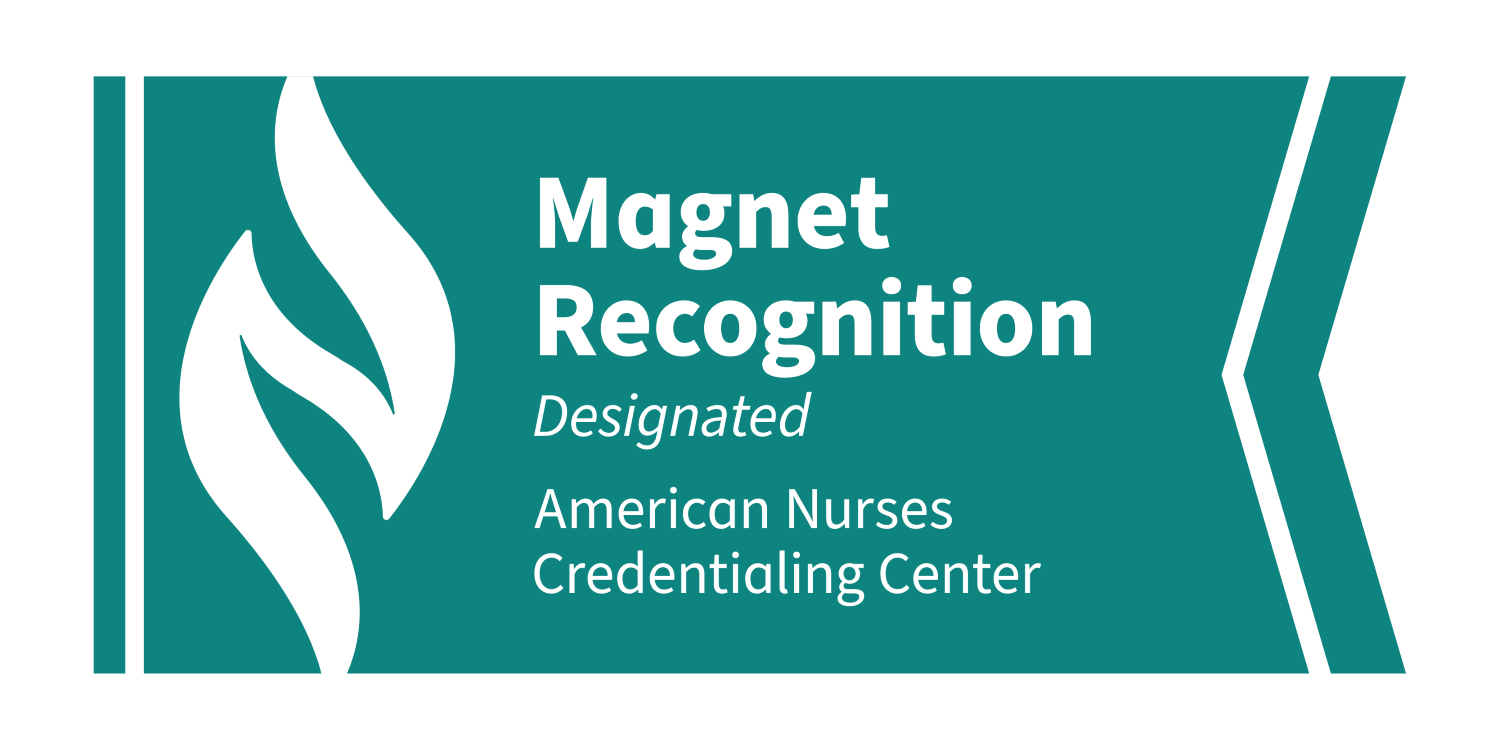Headache Program Referral Guidelines


Although headaches are common in children, recurrent or frequent headaches that interfere with daily life are a concern. The Headache Program is a specialized clinic within the Division of Neurology that evaluates and treats more than 2,000 patients annually. The clinic helps children and adolescents with chronic, debilitating head pain, headaches and migraines. We work to identify the cause and find an effective way to help children manage their headaches. Members of our Headache Program team belong to the American Headache Society and work closely with the National Institutes of Health to meet the special needs of patients and their families with headache disorders.
How should I initially evaluate and manage my patient?
When should I refer my patient?
How can I refer my patient?
What can my patient expect from a visit to Children's National Hospital?

Outpatient Appointment Referral Pads
Children's National Hospital offers convenient outpatient locations for specialty care. To help connect your patients with our specialists, please complete the form to request a referral pad from your physician liaison.







